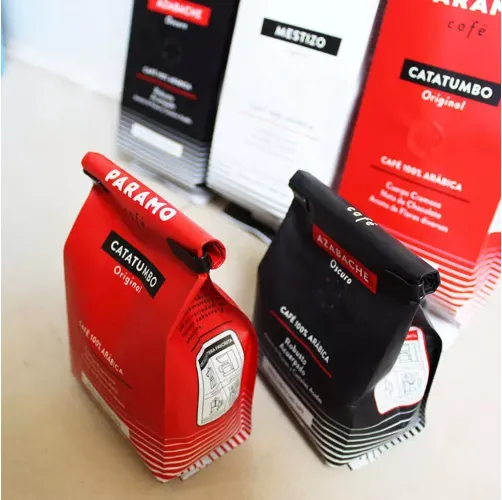- Afrikaans
- Albanian
- Amharic
- Arabic
- Armenian
- Azerbaijani
- Basque
- Belarusian
- Bengali
- Bosnian
- Bulgarian
- Catalan
- Cebuano
- chinese_simplified
- chinese_traditional
- Corsican
- Croatian
- Czech
- Danish
- Dutch
- English
- Esperanto
- Estonian
- Finnish
- French
- Frisian
- Galician
- Georgian
- German
- Greek
- Gujarati
- haitian_creole
- hausa
- hawaiian
- Hebrew
- Hindi
- Miao
- Hungarian
- Icelandic
- igbo
- Indonesian
- irish
- Italian
- Japanese
- Javanese
- Kannada
- kazakh
- Khmer
- Rwandese
- Korean
- Kurdish
- Kyrgyz
- Lao
- Latin
- Latvian
- Lithuanian
- Luxembourgish
- Macedonian
- Malgashi
- Malay
- Malayalam
- Maltese
- Maori
- Marathi
- Mongolian
- Myanmar
- Nepali
- Norwegian
- Norwegian
- Occitan
- Pashto
- Persian
- Polish
- Portuguese
- Punjabi
- Romanian
- Russian
- Samoan
- scottish-gaelic
- Serbian
- Sesotho
- Shona
- Sindhi
- Sinhala
- Slovak
- Slovenian
- Somali
- Spanish
- Sundanese
- Swahili
- Swedish
- Tagalog
- Tajik
- Tamil
- Tatar
- Telugu
- Thai
- Turkish
- Turkmen
- Ukrainian
- Urdu
- Uighur
- Uzbek
- Vietnamese
- Welsh
- Bantu
- Yiddish
- Yoruba
- Zulu
what is the difference between vector and raster
Understanding the Difference Between Vector and Raster Graphics
When it comes to digital images, two primary formats dominate vector graphics and raster graphics. Both have unique characteristics and applications, catering to different needs in the fields of graphic design, digital art, and web development. Understanding the differences between these two types of graphics is essential for selecting the appropriate format for any given project.
Definition and Structure
Raster graphics are composed of a grid of pixels or tiny dots. Each pixel contains information about its color, and when combined, they form a complete image. Common raster file formats include JPEG, PNG, GIF, and BMP. Raster images are resolution-dependent, meaning that their quality is directly related to their pixel dimensions. If a raster image is enlarged beyond its original size, it can become pixelated and lose clarity.
In contrast, vector graphics are created using mathematical equations to define shapes, lines, and colors. Rather than relying on a grid of pixels, vector images are constructed from points, paths, and polygons, enabling them to be infinitely scalable without any loss of quality. Common vector formats include SVG, AI, and EPS. This scalability makes vector graphics ideal for logos, illustrations, and other graphics that may need to be resized frequently.
Quality and File Size
One of the most significant differences between vector and raster graphics is their quality at different sizes. Raster images can appear sharp at their native resolution, but resizing can lead to blurriness or pixelation. For instance, a 1000x1000 pixel image may look fantastic at its original size but will lose detail and sharpness if increased to 3000x3000 pixels.
what is the difference between vector and raster

Vector graphics, on the other hand, maintain their quality regardless of size. As they are not tied to a fixed resolution, vectors are perfect for projects that require resizing, such as billboards or printed materials that must maintain clarity. However, this scalability often comes at the cost of file size; complex vector images may require more processing power to render, especially in intricate designs.
Editing and Compatibility
When it comes to editing, raster graphics can be quite challenging. Modifying an individual pixel can alter the entire image, making precise adjustments tedious and sometimes unrecoverable. Software like Adobe Photoshop is commonly used for raster image editing, offering robust tools for retouching and color correction.
On the flip side, vector graphics are much easier to edit since individual elements like lines and shapes can be manipulated without affecting the overall quality of the image. Programs like Adobe Illustrator or CorelDRAW are commonly used to create and edit vector graphics, providing users with advanced tools to enhance designs.
Use Cases
Choosing between raster and vector graphics ultimately depends on the application. Raster images are preferred for photographs and images with complex color gradients, making them ideal for digital photography and web images. Conversely, vector graphics are the go-to choice for logos, icons, and illustrations that require scalability and clean lines.
In summary, the decision to use raster or vector graphics hinges on the specific needs of the project. By understanding their fundamental differences in structure, quality, editing capabilities, and applicable uses, designers and artists can make informed choices that enhance their creative outputs. Whether you are creating a logo that needs to be resized for various formats or editing a photograph for a web page, recognizing the strengths and limitations of each graphic type is crucial in the digital age.













